PASHUPATINATH
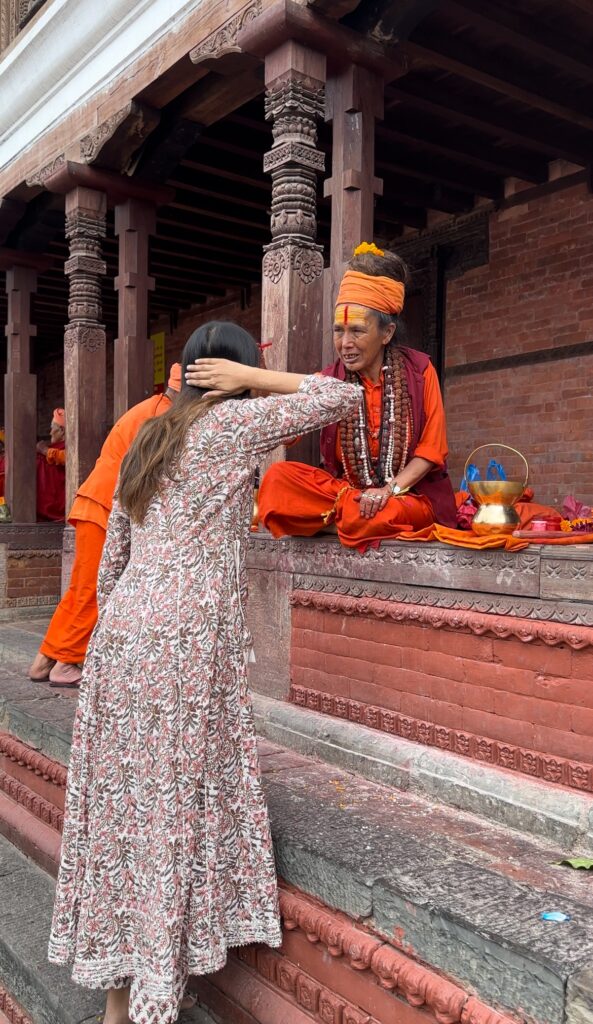
Pashupatinath is one of the most sacred Hindu temples, situated on the banks of the Bagmati River in Kathmandu, Nepal. Dedicated to Lord Shiva, it is a UNESCO World Heritage Site and a major pilgrimage destination. The temple’s pagoda-style architecture, adorned with intricate carvings, attracts both devotees and tourists. The temple complex includes various shrines, ashrams, and cremation ghats, where ritual cremations take place along the river. The sacred site is famous for its energetic environment, especially during the Maha Shivaratri festival. Only Hindus are allowed inside the main temple, but the rest of the area is open to everyone who comes to visit.
POKHRA

Pokhara serves as a gateway to the Annapurna Circuit, one of the world’s most famous trekking routes, drawing trekkers from across the globe. The city’s relaxed atmosphere and scenic backdrop make it a perfect retreat from the hustle and bustle of Kathmandu.
AMBER

Amber (or Amer) is a historic town located just 11 kilometers from Jaipur, Rajasthan. It is famous for the Amber Fort, a majestic structure built in the 16th century by Maharaja Man Singh I. The fort blends Rajput and Mughal architectural styles and is renowned for its grandeur, intricate carvings, and stunning frescoes. It overlooks Maota Lake, which adds to the beauty of the surroundings. Visitors can explore the fort’s many rooms, including the Sheesh Mahal (Mirror Palace), known for its dazzling mirror work.
NAHARGARH

Nahargarh Fort is a stunning hilltop fort located on the Aravalli Range, overlooking Jaipur, Rajasthan. Built in 1734 by Maharaja Sawai Jai Singh II, the founder of Jaipur, it was initially constructed as a retreat and defense fort to protect the city from potential invasions. The fort is known for its beautiful blend of Indian and European architectural styles, with ornate rooms, wide terraces, and intricate wall paintings.
AMBER PALACE
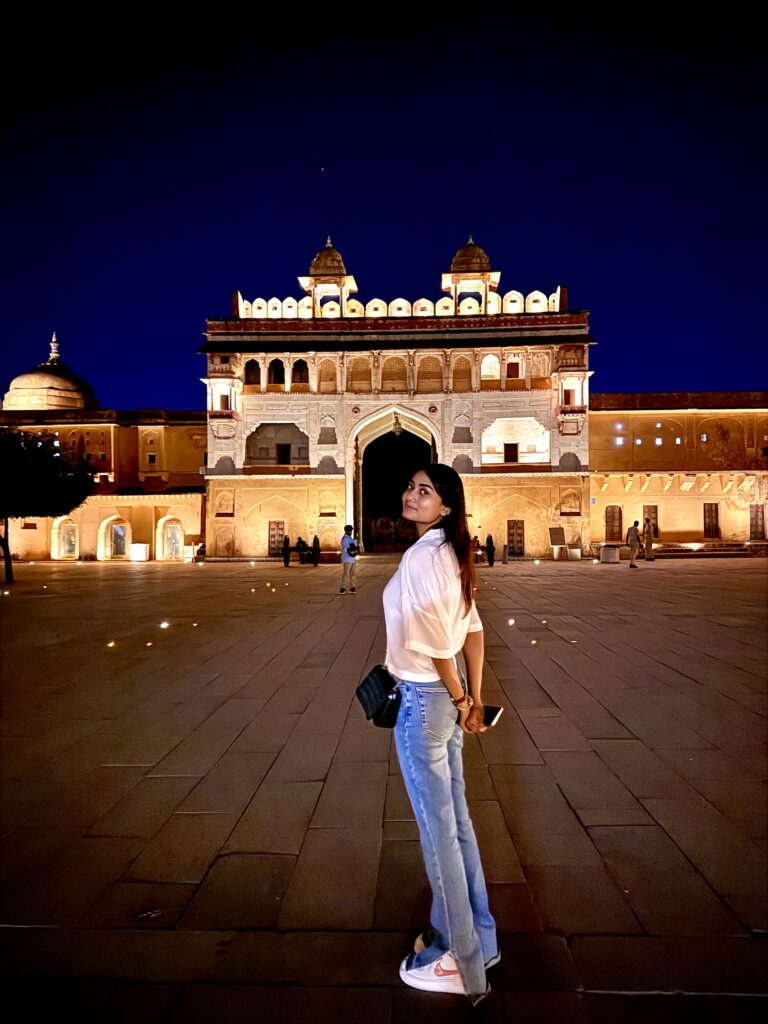
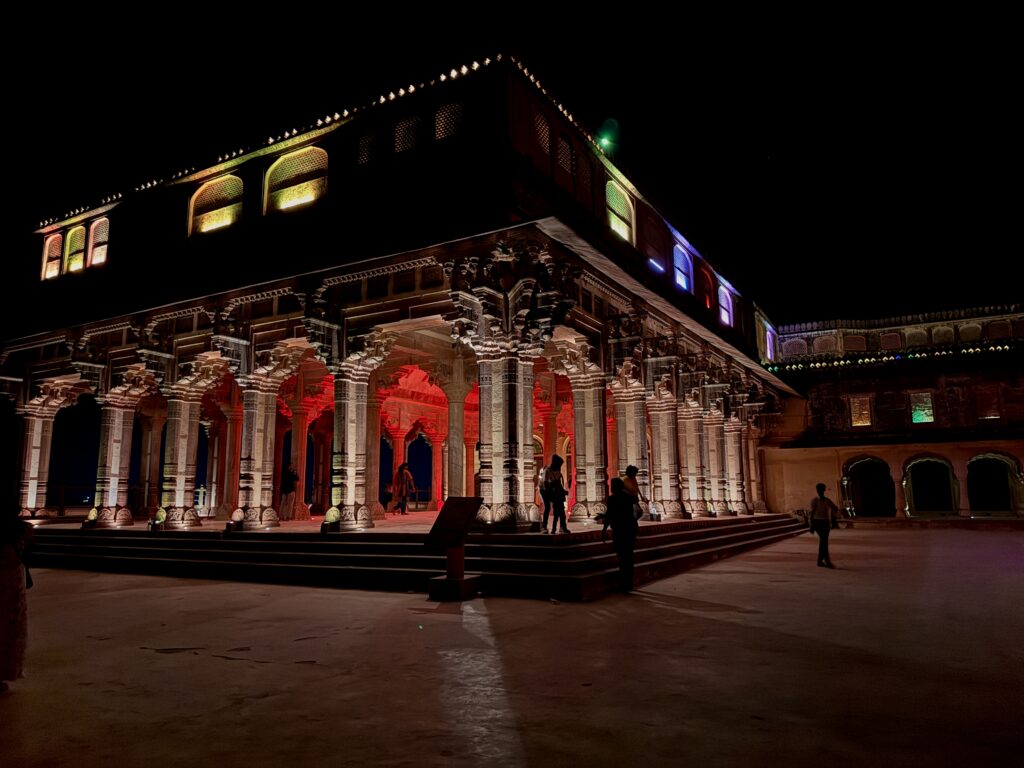

Amber Palace, also known as Amber Fort, is a stunning fortress located in Amber, just outside Jaipur, Rajasthan. Built in the 16th century by Maharaja Man Singh I, the palace showcases a blend of Rajput and Mughal architecture. It is renowned for its grandeur, intricate carvings, expansive courtyards, and the beautiful Sheesh Mahal (Mirror Palace). The palace overlooks Maota Lake and offers spectacular views of the surrounding hills. A major tourist attraction, Amber Palace also features temples, frescoes, and delicate artwork, making it one of Jaipur’s most iconic landmarks and a UNESCO World Heritage Site.
HAWA MAHAL
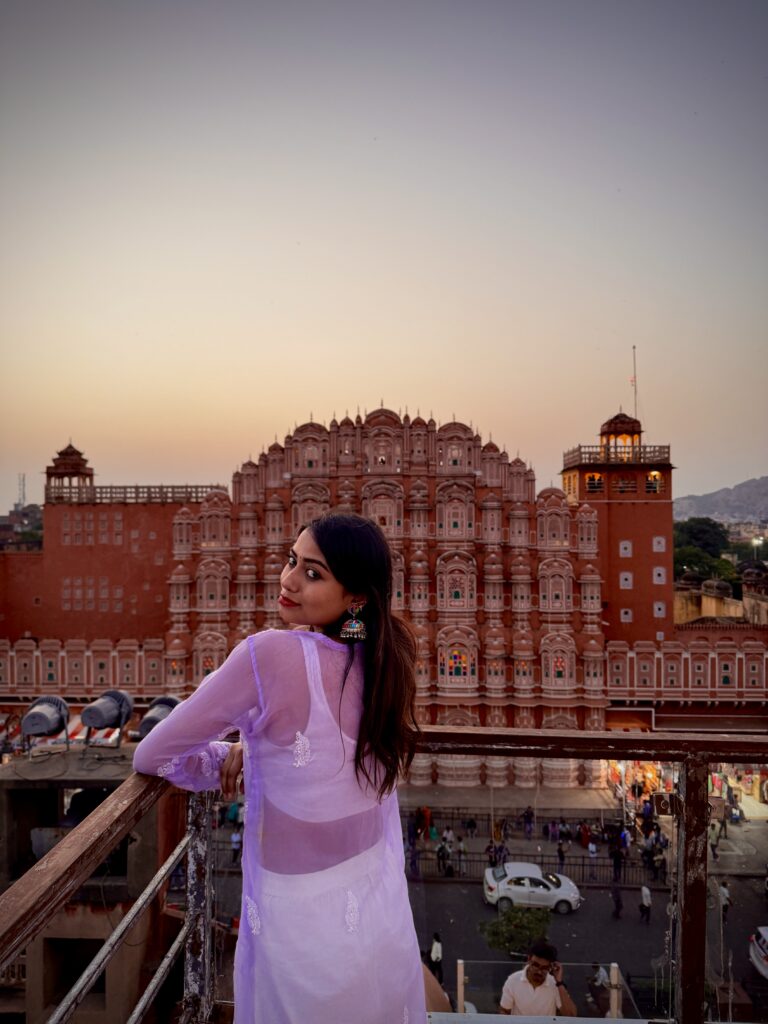
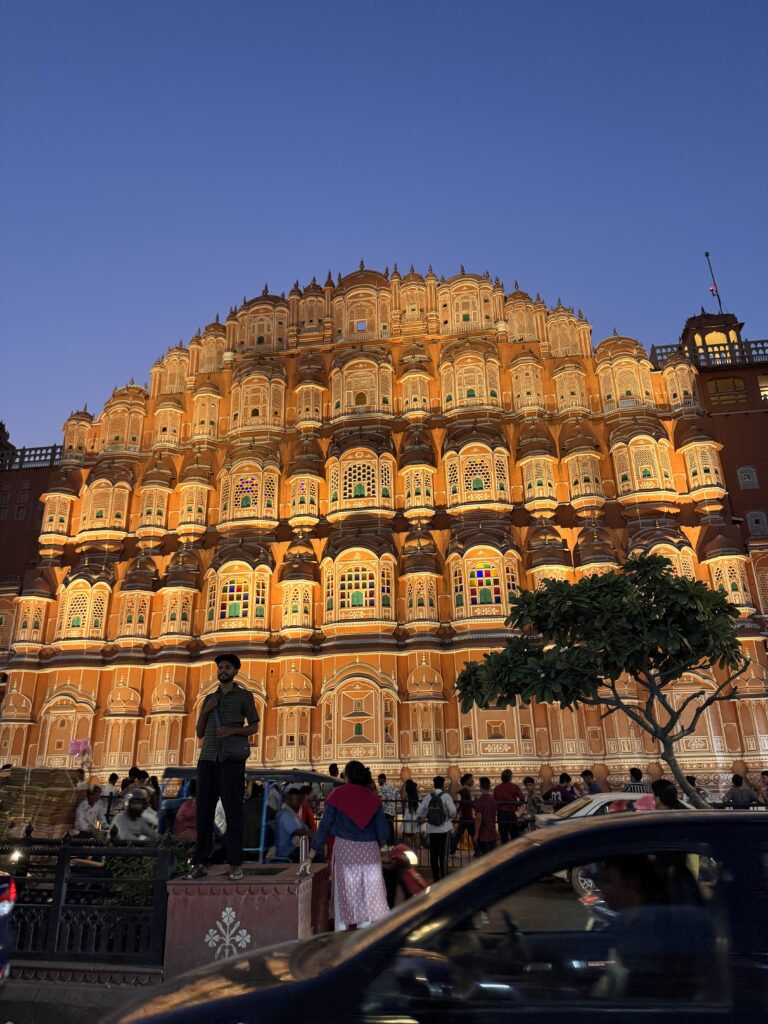
Hawa Mahal, or the “Palace of Winds,” is one of Jaipur’s most iconic landmarks. Built in 1799 by Maharaja Sawai Pratap Singh, this unique five-story palace is a stunning example of Rajput architecture. The structure was designed by Lal Chand Ustad, inspired by the crown of Lord Krishna, and is constructed from pink sandstone, giving it its signature vibrant hue.
The Hawa Mahal features 953 small windows, or “jharokhas,” adorned with intricate latticework. These windows allowed royal women to observe street festivities and daily life without being seen, adhering to the purdah system of the time. The design maximizes airflow, keeping the palace cool during the hot summer months, which is why it’s called the “Palace of Winds.”
